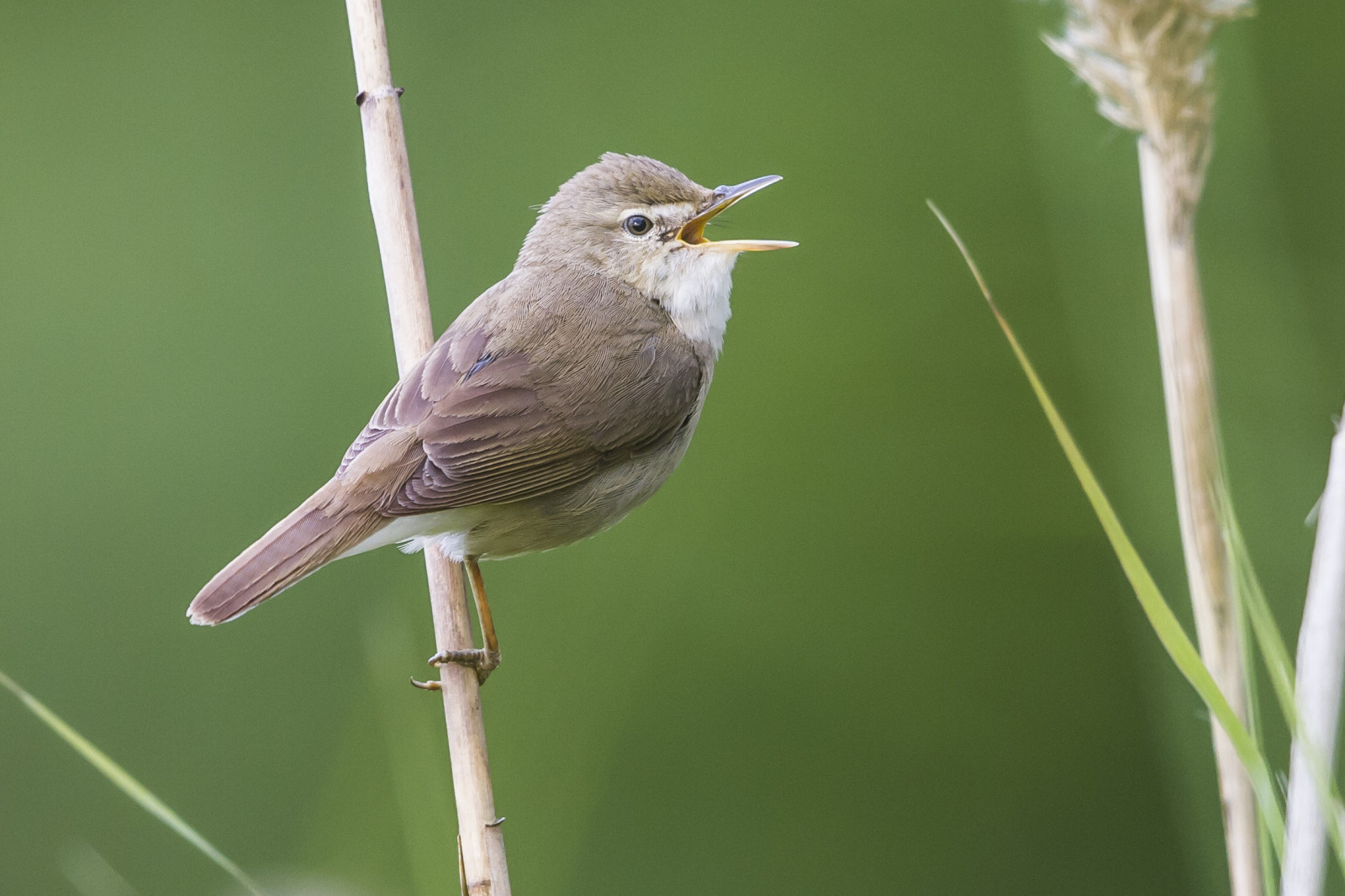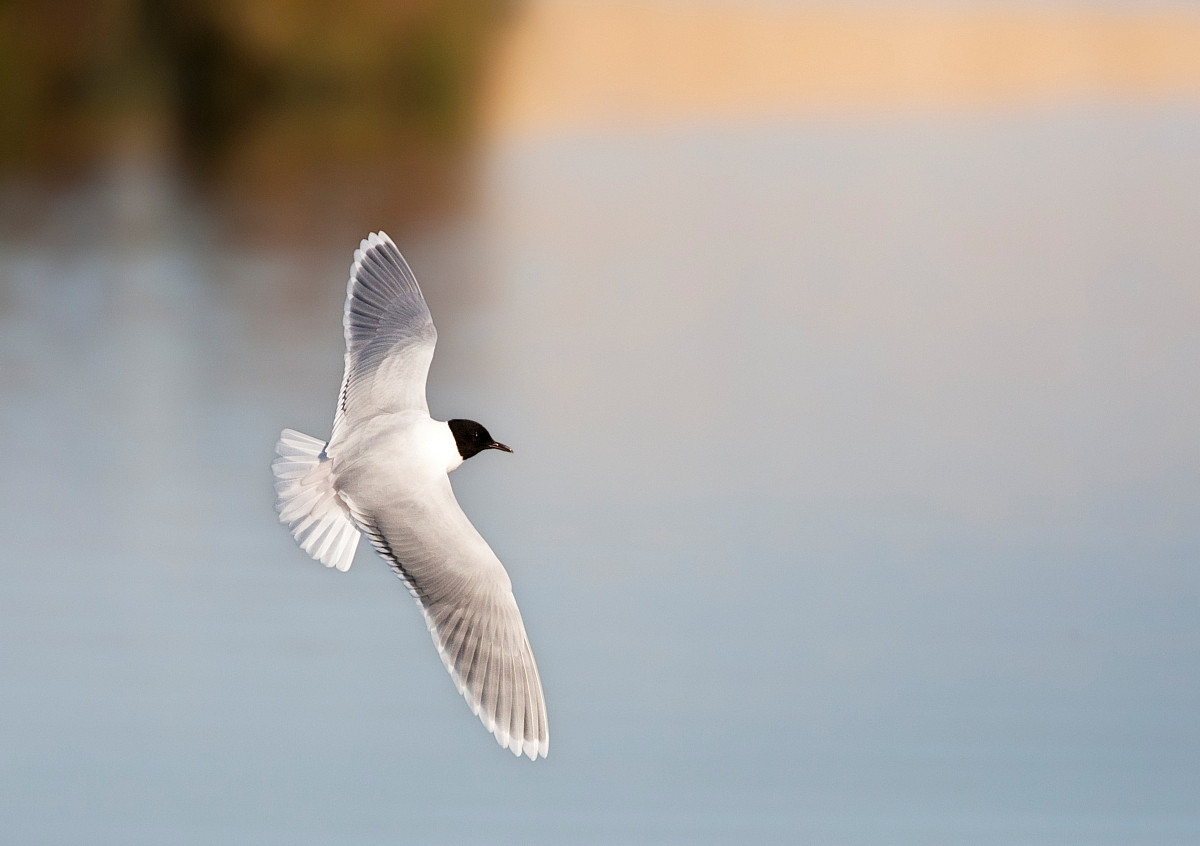Opis
The wetlands of Siikalahti Bay have formed where the eastern part of Lake Simpelejärvi is gradually becoming overgrown. The great variety of birds breeding here or visiting on migration means that Siikalahti is among the top wetlands for bird life anywhere in Finland, and the country’s richest inland wetland. The bay is also an internationally important staging area for migratory birds. Almost 200 bird species are seen in Siikalahti every year, including more than 70 species that breed here. During migration seasons it is possible to spot more than 100 species during a single day. There are several good vantage points for birdwatching around the reserve.
Siikalahti Wetland is great for species like łabędź krzykliwy, mewa mała, perkoz rdzawoszyi, słowik szary, zaroślówka, dziwonia and also the most common European wetland species.
Szczegóły
Dostęp
Access is via Kaukolantie just North of Parikkala off Route 6. There are two parking areas at the reserve. Walking is best on the reserve with Towers, Hides and Boardwalks. A 1-km nature trail starts from the main car park, passing the nature information hut and leading on to a birdwatching tower in the centre of the wetlands. The trail (see the map) has special wider sections in good spots for birdwatching. About 300 metres beyond the main car park towards Kaukola is a second car park with a viewing platform accessible to disabled visitors.
Teren i siedlisko
Tereny podmokłeWarunki
Płaski , BagiennyTrasa dookoła
NieCzy luneta będzie przydatna ?
TakUdany sezon obserwacyjny
Wiosna , Jesień , LatoNajlepszy czas na wizytę
WiosnaTrasa
Wąski szlak , Szeroka ścieżkaPoziom trudności szlaku pieszego
ŁatwyDostępne
PieszoCzatownia/platforma obserwacyjna
TakDodatkowe informacje
Birds are abundant in the wetlands from April to October. The busiest times for birds and birdwatchers are during the spring and autumn migration seasons.




